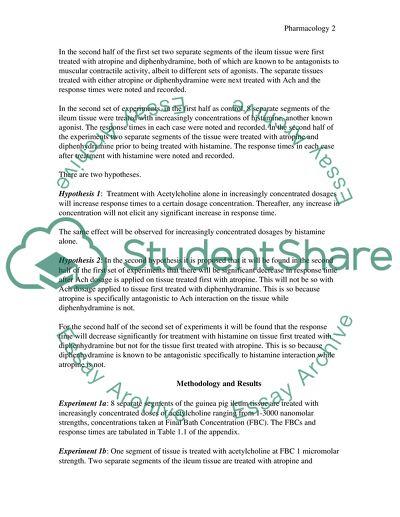Cite this document
(“An Examination of the Selectivity of Antagonist Drugs Essay”, n.d.)
An Examination of the Selectivity of Antagonist Drugs Essay. Retrieved from https://studentshare.org/health-sciences-medicine/1535768-an-examination-of-the-selectivity-of-antagonist-drugs
An Examination of the Selectivity of Antagonist Drugs Essay. Retrieved from https://studentshare.org/health-sciences-medicine/1535768-an-examination-of-the-selectivity-of-antagonist-drugs
(An Examination of the Selectivity of Antagonist Drugs Essay)
An Examination of the Selectivity of Antagonist Drugs Essay. https://studentshare.org/health-sciences-medicine/1535768-an-examination-of-the-selectivity-of-antagonist-drugs.
An Examination of the Selectivity of Antagonist Drugs Essay. https://studentshare.org/health-sciences-medicine/1535768-an-examination-of-the-selectivity-of-antagonist-drugs.
“An Examination of the Selectivity of Antagonist Drugs Essay”, n.d. https://studentshare.org/health-sciences-medicine/1535768-an-examination-of-the-selectivity-of-antagonist-drugs.


